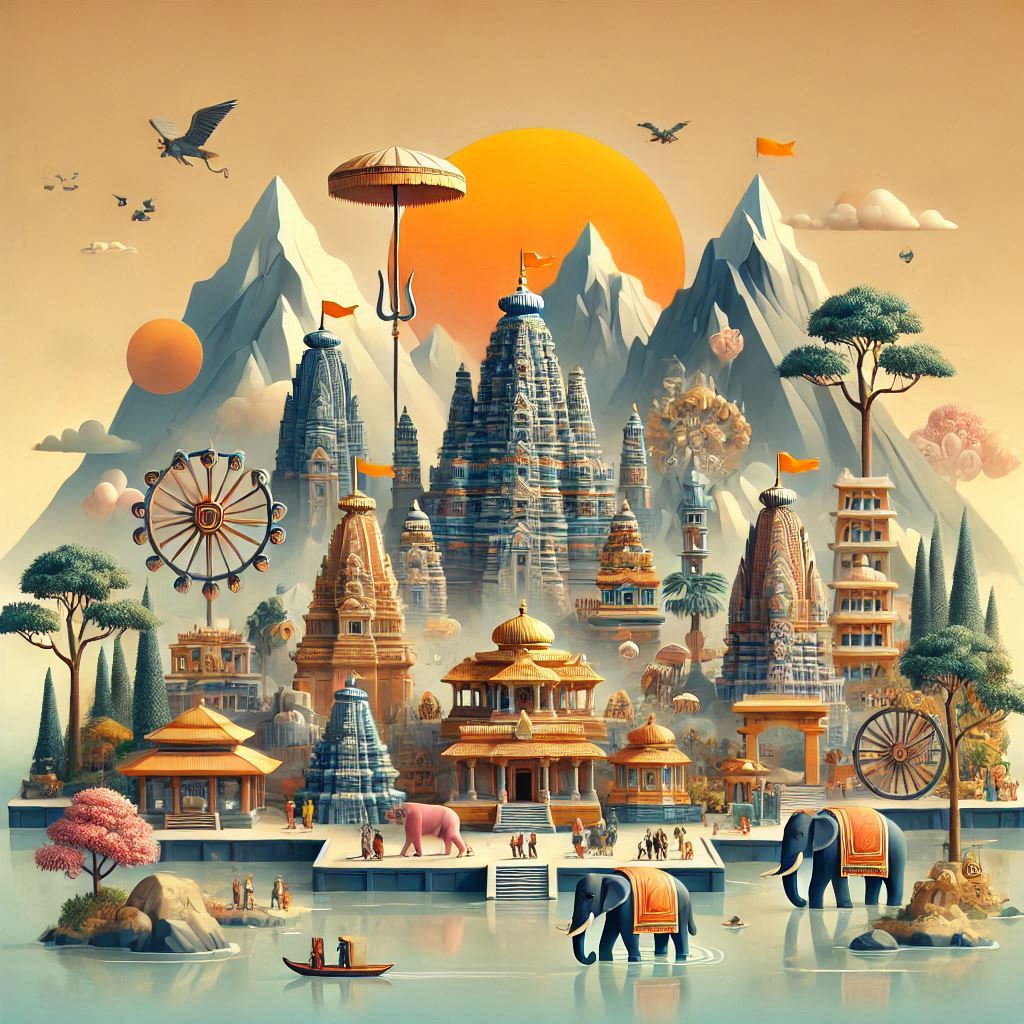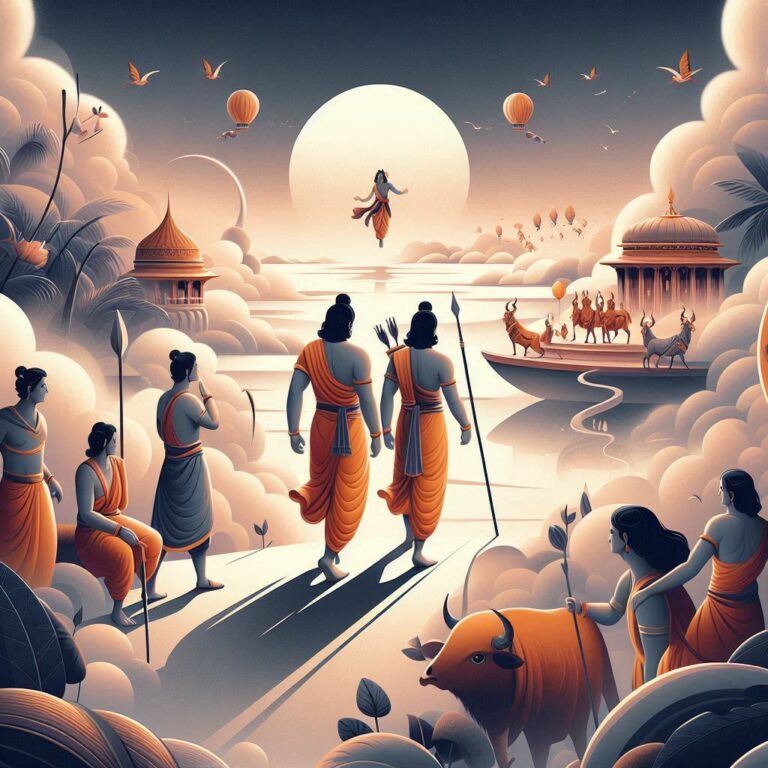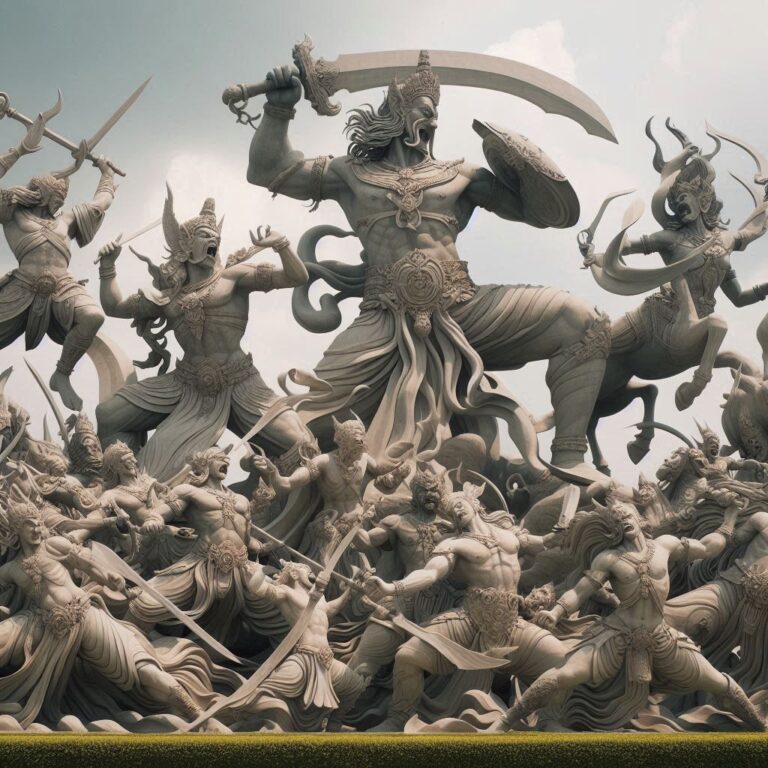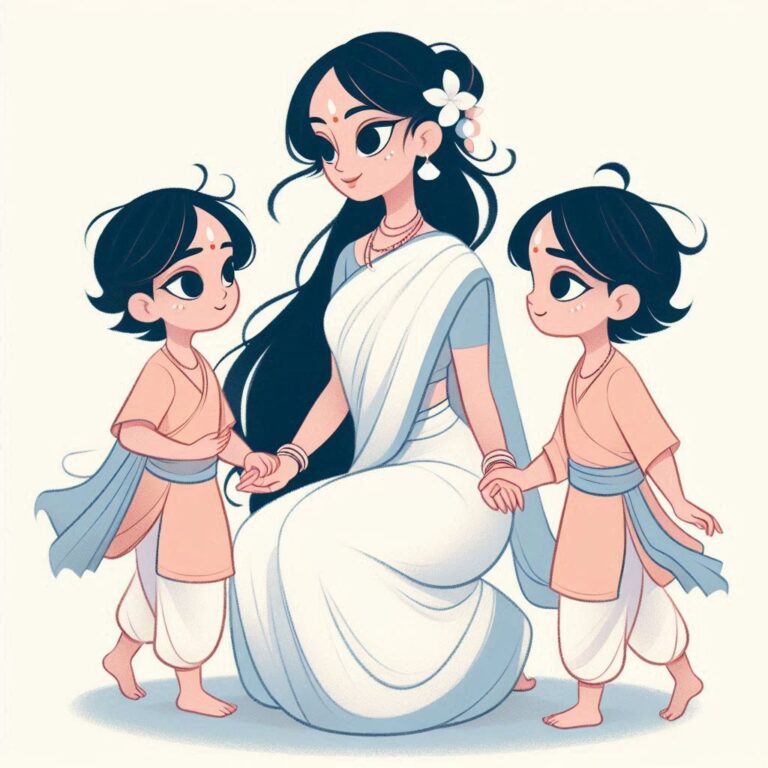The Ramayan’s Influence on Modern Hindu Rituals and Beliefs
The Ramayan’s Influence on Hindu Rituals: A Deep Dive
When we delve into the heart of Hinduism, one cannot overlook the overwhelming influence of the Ramayan. This ancient epic not only tells the story of Lord Rama but also shapes various aspects of Hindu religious practices, beliefs, and cultural values. Are you curious about how this timeless tale continues to find relevance in our rituals today? Let’s explore its profound impact together!
Introduction: The Essence of the Ramayan
The Ramayan, attributed to the sage Valmiki, is more than just a narrative about the life of Lord Rama, his wife Sita, and his unwavering devotion to dharma (righteousness). It serves as a guide for ideal behavior, ethics, and moral values. It’s almost like a manual for life, offering insights into relationships, duty, and sacrifice. As we peel back the layers of this epic, we’ll unearth its far-reaching effects on Hindu practices and everyday life.
What Makes the Ramayan So Special?
Before we dig into its impact on rituals, let’s briefly reflect on what makes the Ramayan so special:
- Allegorical Storytelling: The characters and their journeys embody virtues and vices that resonate with people across generations.
- Cultural Symbolism: Various elements represent broader cultural ideas, making the epic a repository of Indian heritage.
- Inspiring Teachings: The teachings of Lord Rama have inspired countless individuals to lead a life of virtue and integrity.
So, why is it essential to understand the Ramayan’s impact on our day-to-day religious practices? Let’s dive in!
The Ramayan and Daily Rituals
A. The Recitation of Shlokas and Dohas
Reciting verses from the Ramayan is a common practice among devotees. These shlokas and dohas serve as spiritual reminders of the teachings of Lord Rama.
Here are a few notable examples:
-
श्रीरामचंद्र कृपालु भज मन। हरण भवभय दारुणम्॥
- Shri Ramachandra Kripalu Bhaj Man. Harana Bhavabhaya Daarunam.
- Oh mind! Sing the praises of Lord Ramachandra, who removes the fear of worldly existence.
-
रामायणं महाकाव्यम्। धर्मात्मा रघुनंदनः॥
- Ramayanam Mahakavyam. Dharmatma Raghunandana.
- The Ramayan is a great epic, and Lord Rama is its virtuous hero.
-
सिया राम मय सब जग जानी। करहुँ प्रणाम जोरि जुग पानी॥
- Siya Ram Maya Sab Jag Jaani. Karahun Pranam Jor Jug Paani.
- All the world perceives the divine in Sita and Rama; I bow down with joined hands.
-
कृष्णाय वासुदेवाय। हेरांश्यां अकृतान्तु असी।
- Krishnaya Vasudevay. Heranshyaam Akritinganta Asee.
- Salutations to Krishna, the son of Vasudeva, devoid of falsehood.
-
श्रीरामाय नमः। वेदाद्यय स्वस्ति।
- Shriramaya Namah. Vedadyaya Swasti.
- Salutations to Lord Rama. May there be well-being.
Each of these dohas and shlokas encapsulates a facet of dharma, guiding individuals in their daily lives. Engaging in such recitations during rituals promotes mindfulness and a sense of connection to the divine.
B. Festivals Inspired by the Ramayan
Festivals are a shining oasis of joy in the calendar year, and many of them draw inspiration from the Ramayan.
- Diwali: The Festival of Lights commemorates Lord Rama’s return to Ayodhya after defeating Ravana. Homes are illuminated with diyas (lamps) to signify the victory of light over darkness.
- Rama Navami: Celebrating the birth of Lord Rama, this festival sees devotees engage in singing bhajans, participating in processions, and reading the Ramayan. Isn’t it fascinating how an entire day is dedicated to honoring his virtues?
- Dussehra: Marking the victory of good over evil, this festival reenacts the battle between Rama and Ravana, reminding devotees of the importance of righteousness.
This brings to light the celebratory aspect of how deeply the Ramayan is interwoven with community rituals. The camaraderie and spirit of togetherness during these festivals make them even more special.
C. Pilgrimages Linked to the Ramayan
Hinduism is rich with sacred sites, many of which are associated with the Ramayan. Pilgrimages to these sites hold immense significance for devotees:
- Ayodhya: The birthplace of Lord Rama, Ayodhya attracts countless pilgrims who visit to pay homage and seek blessings.
- Rishikesh: Associated with several events from the Ramayan, this spiritual location offers a sense of tranquility perfect for reflection and devotion.
- Chitrakoot: This serene place is where Rama, Sita, and Lakshmana spent time during their exile. The feeling of devotion here is almost palpable!
Just imagine walking through the paths where these revered figures once tread! It’s like stepping into a sacred story, is it not?
D. Rituals and Prayers
In Hindu households, specific rituals derived from the Ramayan are performed regularly. These rituals often include:
- Puja (Worship): Daily prayers to deities depicted in the Ramayan, like Lord Rama and Sita, are an integral part of many households’ spiritual practices.
- Homa (Fire Sacrifice): Some engage in homa to purify the space and invoke divine blessings. The fire symbolizes the element of transformation, much like Lord Rama’s journey through trials.
These rituals aren’t just about performing actions; they reflect deep beliefs and connect practitioners to the epic’s transcendent lessons.
The Ramayan: A Cultural Compass
The Ramayan acts as a cultural compass in the lives of many Hindus. Its teachings offer moral frameworks and philosophical insights that shape personal behavior and community interactions.
A. Dharma and Morality
The concept of dharma is intricately linked to the teachings of the Ramayan. Lord Rama is often regarded as the epitome of dharma – always choosing righteousness, even at great personal cost. This commitment to virtue influences how followers conduct their lives and relationships.
- “Should I take the easy way out or act justly, like Rama did?” This is a question many ponder, drawing motivation from the Ramayan.
B. Values of Family and Duty
The Ramayan sets forth compelling examples of familial love, sacrifice, and duty. Dramatic moments reflect values that resonate deeply, such as:
- Devotion of Sita: Her unwavering loyalty to Rama teaches us about the power of love and support within families.
- Bharata’s Sacrifice: The character of Bharata showcases selflessness, emphasizing that serving the greater good sometimes means letting go of personal ambition.
These narratives instill a sense of unity and responsibility that echoes in contemporary family structures within Hindu culture.
C. The Concept of Good vs. Evil
The epic’s persistent theme of good triumphing over evil serves as a moral compass. Every generation has its trials; the Ramayan reminds us of the inevitability of challenges and the importance of standing firm in our beliefs.
- Think of it like a game of chess, where strategic moves ultimately lead to victory. Each character in the Ramayan represents different moves on the board of life.
Conclusion
The impact of the Ramayan on Hindu religious practices cannot be overstated. From the rituals performed at home to the large-scale celebrations resonating with communities, this epic continues to enrich lives spiritually and culturally.
As you explore your understanding of religion and spirituality, consider the lessons from the Ramayan as guiding lights. Its teachings are not just stories from the past but are indeed applicable in today’s fast-paced world, reminding us to strive for truth, righteousness, and love.
FAQs
-
What is the Ramayan about?
- The Ramayan is an ancient Indian epic narrating the life and adventures of Lord Rama, mainly focusing on his journey to rescue Sita from the demon king Ravana while upholding dharma.
-
What rituals are associated with the Ramayan?
- Rituals include recitation of shlokas, performing pujas, and participating in festivals such as Diwali, Rami Navami, and Dussehra.
-
How is the Ramayan relevant today?
- The Ramayan’s teachings on morality, duty, and relationships provide timeless wisdom, guiding individuals in their personal lives and spiritual journeys.
-
What are some famous locations linked to the Ramayan?
- Significant locations include Ayodhya (birthplace of Lord Rama), Rishikesh, and Chitrakoot, each holding historical and spiritual significance.
-
How does the Ramayan influence family values in Hindu culture?
- The relationships portrayed in the Ramayan exemplify utmost devotion and duty, serving as moral benchmarks for families and community interactions.
By understanding the profound impact of the Ramayan, we unlock pathways to live fulfilling and meaningful lives, guided by its eternal wisdom.








